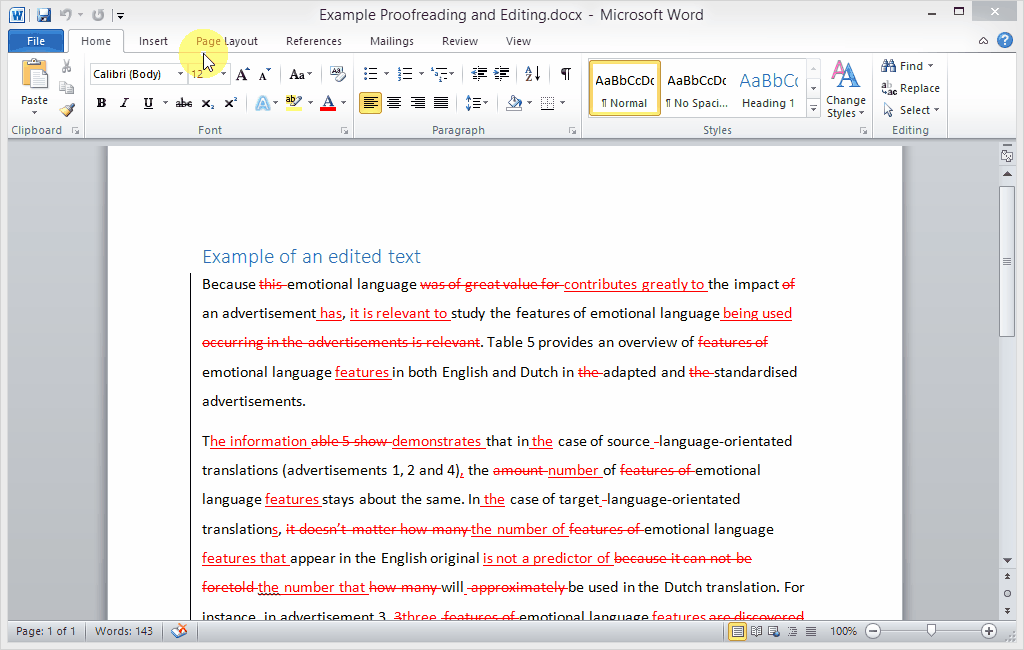

Major revision must be accompanied by a letter from the author indicating the main modifications and how the concerns stated by the reviewers have been addressed in the resubmission. The decision will be sent to the author along with any recommendations made by the referees, and may usually include verbatim comments by the referees. If a major revision is recommended, the Editor will directly inform the author to make and return the revision to him/her for a second round of reviews. Major Revision - A major revision means that the submission should go back to the original reviewers for a second round of reviews. The submission will not be seen again by the Editor or by the reviewers. The Editor-in-Chief will notify the author the decision with copying the Editor, and guide the author in the final submission and further production. In this case, the Editor will forward the decision to the Editor-in-Chief. The Editor should be sure to never disclose the names of reviewers to authors.Īccept - An accept decision means that an Editor is accepting the submission "as is" with no further changes required by the reviewers. The author may contact the Editor if instructions regarding amendments to the manuscript are unclear. The Editor must then promptly convey this decision to the author. The Editor will determine the disposition of the manuscript, based on remarks of the reviewers, and the Editor's own assessment of the manuscript. Referees advise the Editor, who is responsible for making the final decision to accept or reject the article. Unless the Editor makes specific arrangements with a reviewer, the deadline to return a completed review is 6 weeks. Referees directly return their reviews to the Editor by email. Editors should guide referees with Reviewer Guidelines (including the Review Form). Editors will solicit reviewers with the title and an abstract of the submission and, if accepted, send reviewers the submission via email. Suggestions for referees from the author are welcome, though these recommendations may or may not be used. Those that meet the minimum criteria are passed on to preferable 3 but at least 2 experts for review. Should the Editor decide to not assign reviewers but instead reject the submission, he/she is required to provide comments to be returned to the author. Those rejected at this stage are insufficiently original, have serious scientific flaws, have poor grammar or English language, or are outside the aims and scope of the journal. It is rare but entirely feasible for an exceptional manuscript to be accepted at this stage. The Editor first evaluates all manuscripts. If a submission is sent directly to the Editor, he/she can directly arrange the peer review with or without notifying the Editor-in-Chief until a final Accept/Reject decision has been made. The author is notified that the manuscript has been sent out for review and is given the name of the assigned Editor. The Editor-in-Chief will assign an Editor to the manuscript based on a submission's subject area, by sending the Editor an email requesting that he/she handles the review process. IJLT requires the peer review of all papers that appear in our journals and papers are selected for publication on the basis of novelty, quality and appropriateness. By assuring the selection of appropriate reviewers to identify quality manuscripts, and by efficiently managing the peer review process, the quality and value of our publications are increased.

The Editors for the publications of IJLT are responsible for the consistency and reputation of our journals.


The role of the Editor in scholarly publishing is the management of the peer review of manuscripts by reviewers. As an Editor of the Editorial Board, you will be contributing greatly to the prestige of our journal and the high standards of peer review.


 0 kommentar(er)
0 kommentar(er)
